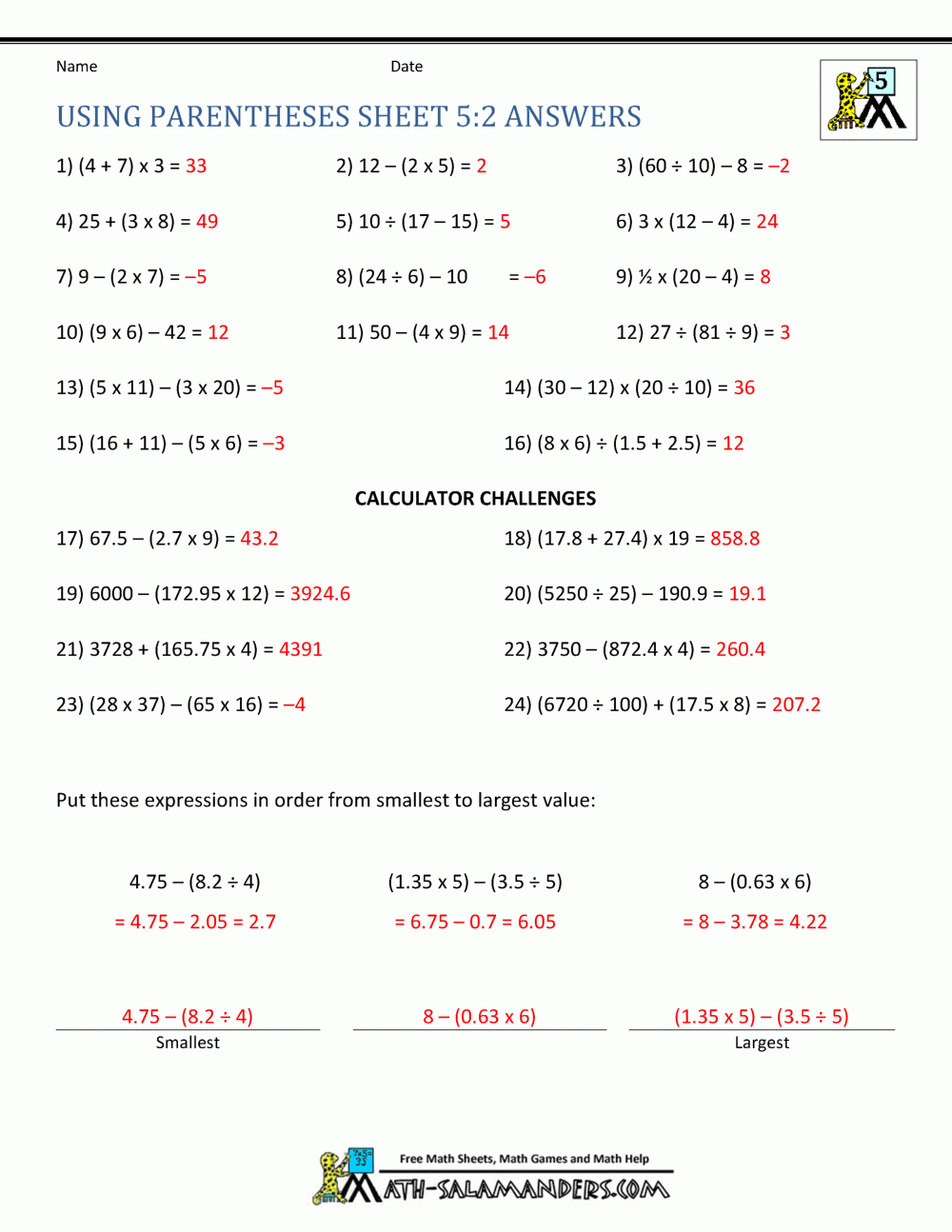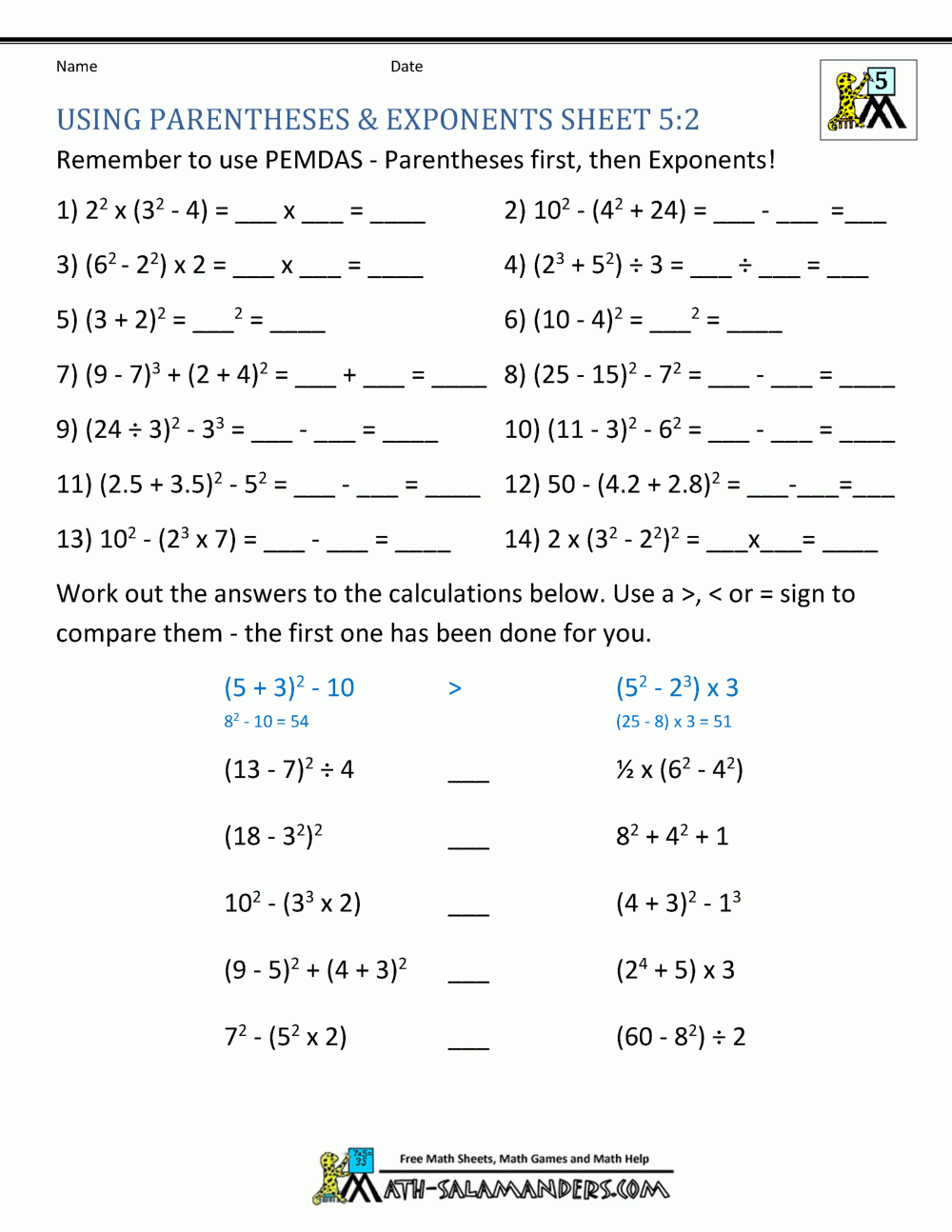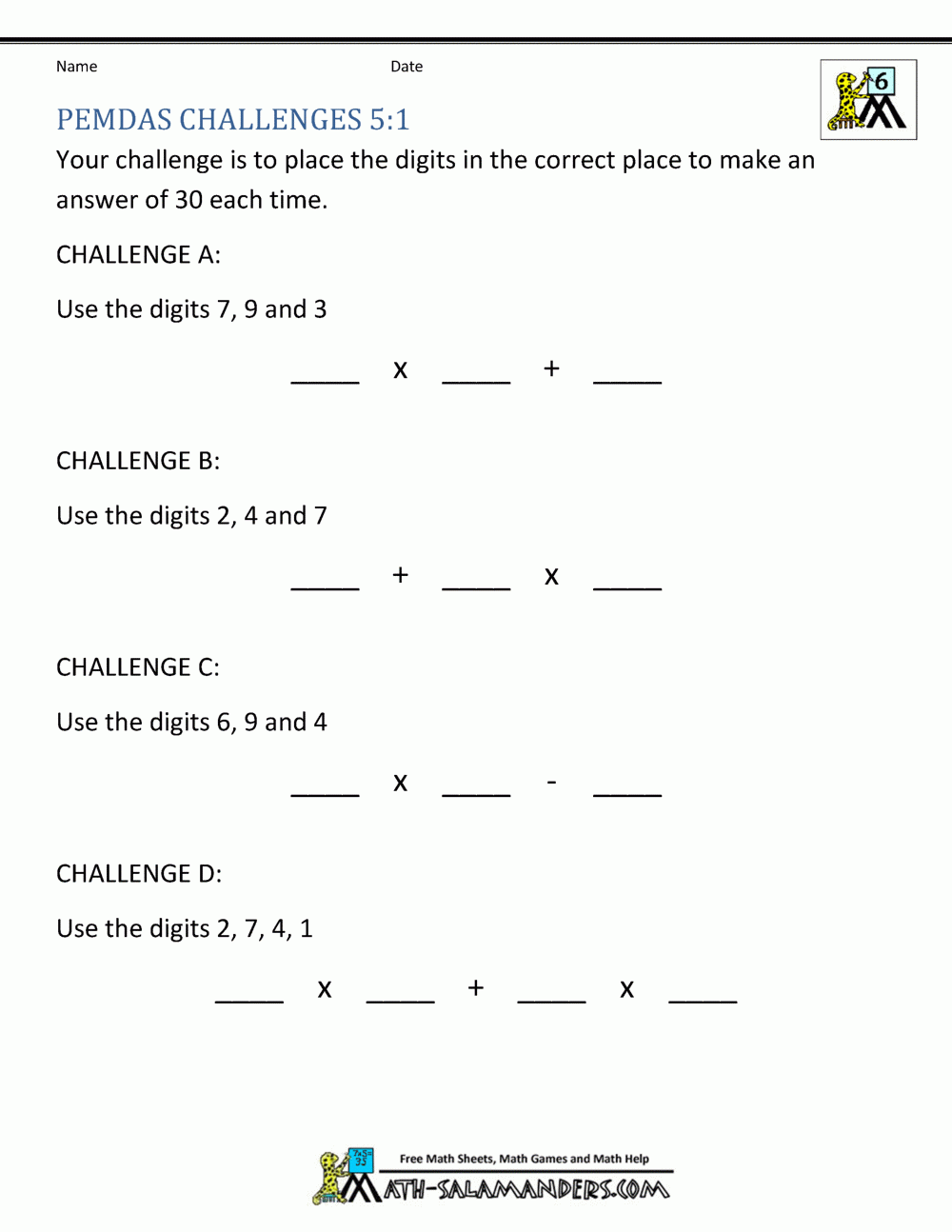Pemdas Problems – Boost Learning at Home with Printable Worksheets.
Are you struggling with understanding and solving PEMDAS problems? Don’t worry, you’re not alone! PEMDAS, which stands for Parentheses, Exponents, Multiplication and Division (from left to right), Addition and Subtraction (from left to right), is a common order of operations used in math. It can be confusing at first, but with some practice, you’ll be a pro in no time!
PEMDAS problems can be found in various math topics, such as algebra, calculus, and geometry. These problems often involve multiple operations that need to be solved in a specific order to get the correct answer. Understanding the order of operations is crucial in math, as it ensures that everyone gets the same answer when solving a problem.
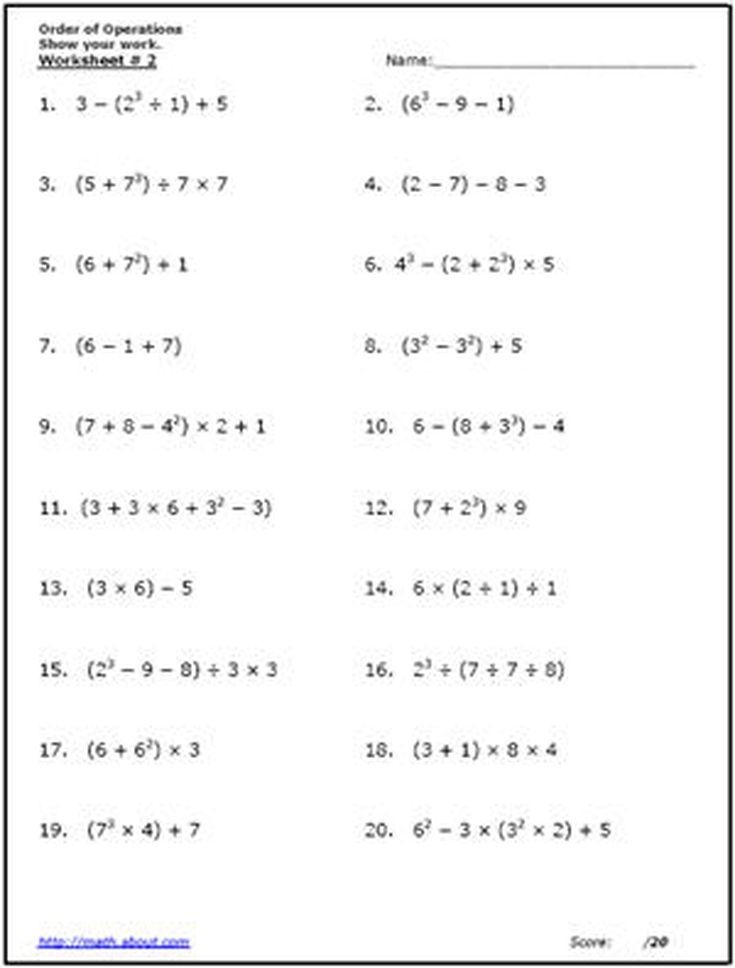 PEMDAS Worksheets Practice Order Of Operations Your Key To Math Mastery
PEMDAS Worksheets Practice Order Of Operations Your Key To Math Mastery
Understanding Pemdas Problems
Pemdas Problems are PDF learning materials you can access and use on demand. They include reading exercises, grammar tasks, and even creative drawing sections. Their flexible use makes them perfect for reviewing concepts at home.
With the rise of at-home education, ready-to-use learning sheets are a powerful tool for anyone supporting a child’s learning. If you’re teaching from home or enhancing their skills at home, these worksheets offer organized learning in a creative and interactive way.
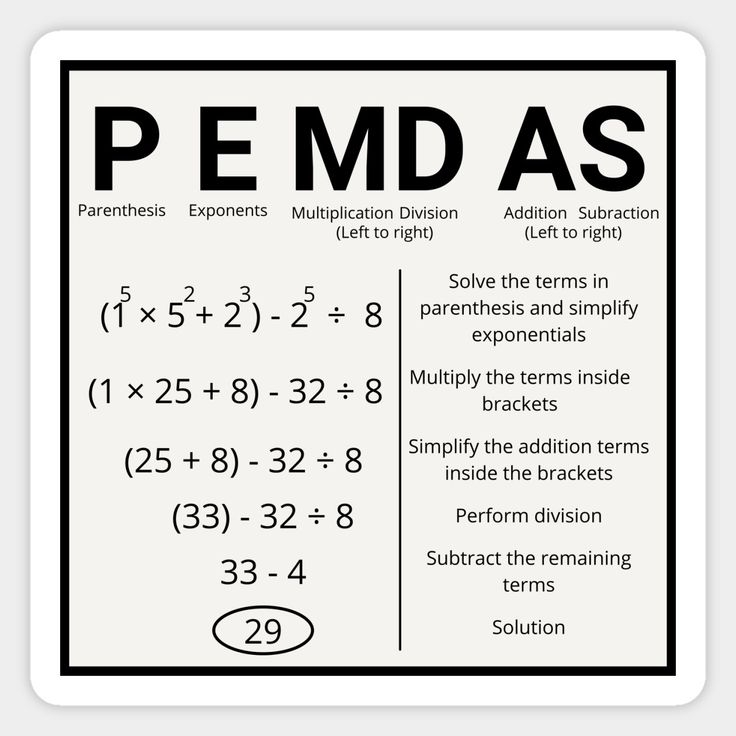 PEMDAS Acronym Meaning Problems Example With Answers Magnet
PEMDAS Acronym Meaning Problems Example With Answers Magnet
Advantages of Pemdas Problems?
The main advantage of printable worksheets is their customization. You can target specific learning areas. Plus, they’re a low-tech solution for learning—perfect for breaks from gadgets.
Pemdas Problems
One common mistake that many students make when solving PEMDAS problems is forgetting to follow the order of operations. For example, if you were given the problem 3 + 5 x 2, the correct order of operations would be to multiply 5 by 2 first, then add 3 to the result, giving you a final answer of 13. It’s important to remember that multiplication and division should be done before addition and subtraction.
Another challenge that students face with PEMDAS problems is dealing with parentheses. Parentheses indicate that the operations inside them should be done first. For example, in the problem (4 + 3) x 2, you would first add 4 and 3 together, then multiply the result by 2 to get the final answer. Remembering to prioritize operations inside parentheses can help make solving PEMDAS problems much easier.
Practice is key when it comes to mastering PEMDAS problems. The more you practice solving problems using the order of operations, the more comfortable and confident you’ll become. There are plenty of resources available online, such as practice worksheets and interactive games, that can help you improve your skills. Don’t be afraid to ask for help from a teacher or tutor if you’re struggling with PEMDAS problems.
In conclusion, understanding and solving PEMDAS problems may seem challenging at first, but with practice and patience, you can become a pro at it. Remember to follow the order of operations, prioritize operations inside parentheses, and practice regularly to improve your skills. Don’t hesitate to seek help if you need it, and soon you’ll be solving PEMDAS problems with ease!
